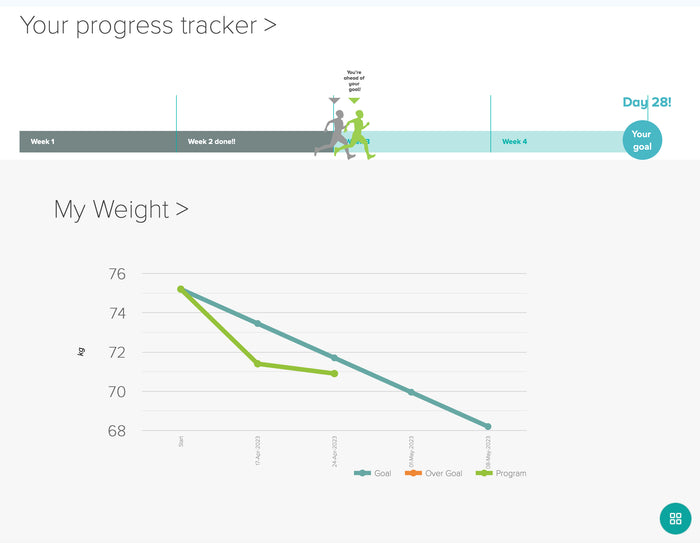There is growing evidence supporting the idea that low iron may sometimes be a protective, adaptive response, particularly in the context of chronic inflammation, infections (like SIBO), and gut dysbiosis. Here’s an evidence-based breakdown of each point:
1. Iron Sequestration as a Protective Mechanism
When the body senses infection or inflammation, the liver produces hepcidin, a hormone that reduces iron absorption and traps iron in storage (ferritin).
- Purpose: To limit the availability of free iron, which many pathogens need to thrive.
Ganz & Nemeth (2015): Hepcidin acts as a key regulator of iron homeostasis, rising in response to inflammation and infection to block dietary iron absorption and promote iron sequestration.
Weinberg (2009): Termed this response "nutritional immunity"—the body's way of protecting itself by withholding nutrients (like iron) from pathogens.
2. Iron as Fuel for Pathogens (SIBO, Gut Dysbiosis)
Many bacteria—including E. coli, Klebsiella, and Pseudomonas—require iron to grow. They use specialised systems (siderophores) to scavenge iron from the host.
Cassat & Skaar (2013): Showed how bacteria rely on iron for survival and proliferation.
Studies in gut microbiome research have found that iron supplementation in dysbiotic or inflamed guts can lead to increased pathogenic overgrowth and worsening of symptoms
(Kortman et al., 2014, Gut Microbes).
3. Iron Infusions May Override Protective Adaptation
Synthetic iron infusions or excessive oral iron can bypass the body's regulatory mechanisms, feed pathogens, and exacerbate inflammation.
Risks of Iron Supplementation in Inflammatory States:
- Can cause oxidative stress and intestinal mucosal damage.
- In SIBO or IBD, iron may increase gut permeability and pathogen virulence.
Evidence from Lancet Gastroenterology (2017) found that oral iron worsened colonic inflammation in IBD patients compared to intravenous forms—but even IV iron can fuel bacteria if not indicated.
4. Bloodwork Patterns in Functional Iron Deficiency (Inflammatory Block)
You may see:
- Low serum iron and transferrin saturation
- Normal or high ferritin (falsely elevated in inflammation)
- Low white cell count (WCC), albumin, alkaline phosphatase (ALP) – indicating chronic inflammation, gut dysfunction, or malabsorption
- Low CRP does not always rule out inflammation—it may be a localised or immune-compromised scenario
These patterns support the idea that iron isn't truly "deficient"—it's being withheld for immune defence.
5. Solutions
Rather than jumping to iron repletion:
- Address gut infections (SIBO, parasites, dysbiosis)
- Lower inflammation
- Heal the gut lining and support bile flow, enzyme production, and micronutrient repletion
- Use food-based or organ-derived iron (heme iron), which is more bioavailable and less inflammatory
This perspective aligns with functional medicine and recent microbiome research. In specific clinical settings (especially with gut issues or unresolved inflammation), iron deficiency may be an intentional and protective biological strategy, not always a simple nutritional deficiency. Addressing the root cause—not just correcting the lab value—leads to better outcomes.
























